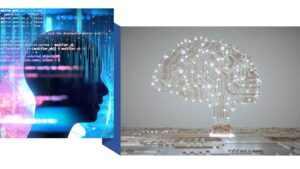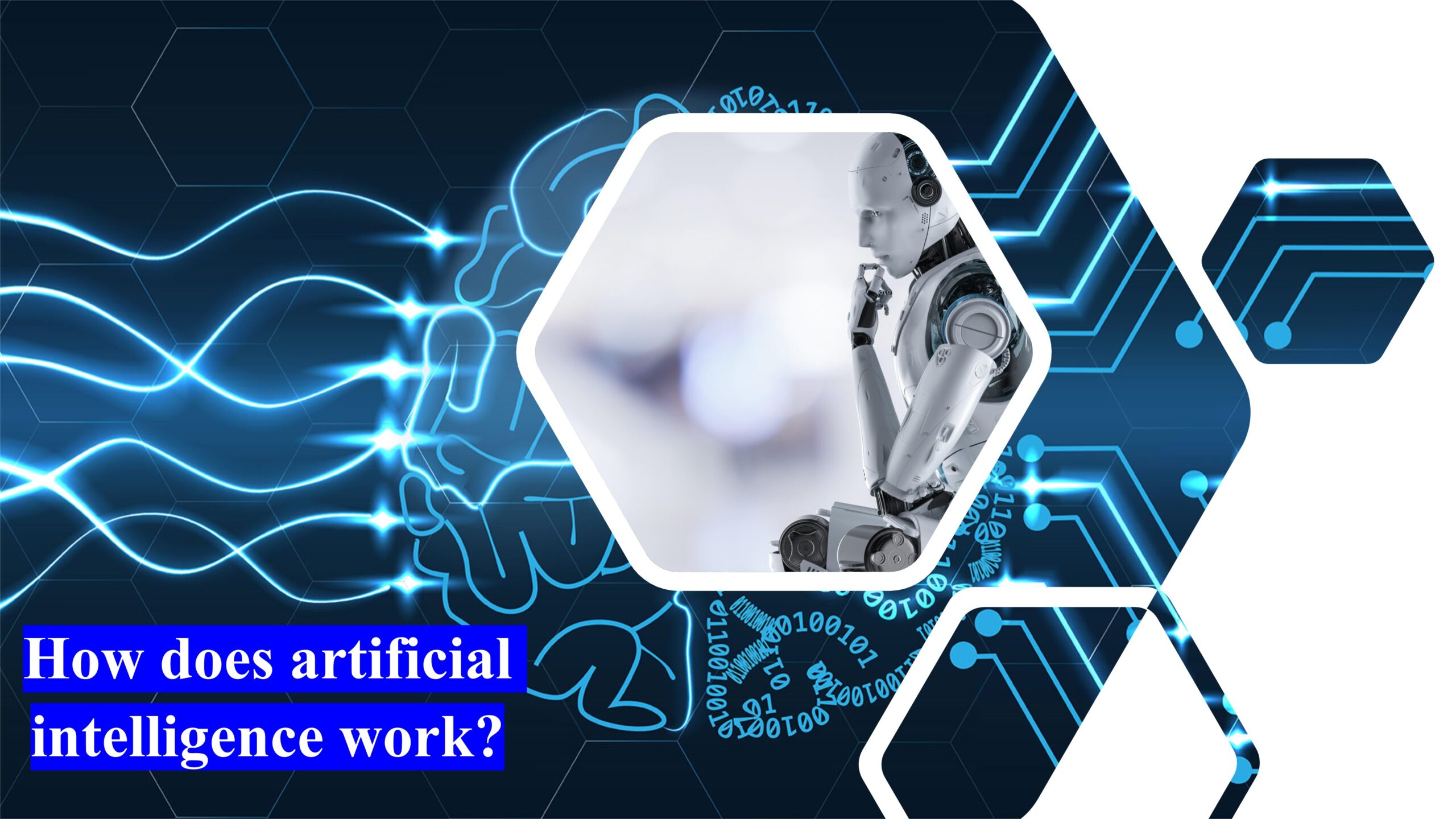To comprehend how does artificial intelligence work? understanding how the various Artificial Intelligence sub-domains might be applied to the many disciplines of the enterprise requires a deep dive into those sub-domains. Before reading about how artificial intelligence work does? we’ll examine what artificial intelligence is, its history, and its several subfields or disciplines as part of our conversation. A subfield of computer science called artificial intelligence focuses on creating intelligent machines that behave and perform like people. Let’s define AI first before we go any further in explaining how it functions or how does artificial intelligence work?
Table of Contents
What are artificial intelligence, history, and evaluation?
Artificial intelligence is a technology that enables machines and computer applications to learn from experience through iterative processing and algorithmic training. AI refers to a computer’s or a robot’s capacity to perform jobs that are typically performed by humans since they call for human intelligence and judgment. Read details about What is artificial intelligence?
The phrase “artificial intelligence” was originally used by John McCarthy, who also hosted the first AI conference. Shakey, the first all-purpose mobile robot, was created in 1969. The key moments that happened in the history of artificial intelligence are briefed in this article. Evaluatory stages in this AI life are elaborated nicely.

How does artificial intelligence work?
Vendors have been rushing to showcase how their goods and services use AI as the hoopla surrounding AI has grown. Frequently, what they mean by AI is just one element of AI, like machine learning. For the creation and training of machine learning algorithms, AI requires a foundation of specialized hardware and software. There is no one programming language that is exclusively associated with AI, but a handful is, including Python, R, and Java.
Simply put, large-scale, intelligent, iterative processing algorithms are combined to create AI systems. AI can now learn from patterns and features in the evaluated data thanks to this combination. An artificial intelligence system tests and evaluates its performance after each round of data processing, using the outcomes to gain more knowledge.
A vast volume of labeled training data is typically ingested by AI systems, which then examine the data for correlations and patterns before employing these patterns to forecast future states. By studying millions of instances, an image recognition tool can learn to recognize and describe objects in photographs, just as a chatbot that is given examples of text chats can learn to make lifelike exchanges with people. As per an article published on TechTarget, the three cognitive abilities are the main topics of AI programming below:
- Learning,
- Reasoning,
- and self-correction
To learn automatically from patterns or features in the data, artificial intelligence (AI) combines massive amounts of data with quick, iterative processing and sophisticated algorithms. The following key subfields make up the following vast field of research known as artificial intelligence (AI):
- Machine Learning (ML)
- Deep Learning (DL)
- Artificial Neural Network (ANN)
- Natural Language Processing (NLP)
- Computer Vision (CV)
As per the definition given by medium.com, there are four strategies listed below that can be used to define the field of AI:
- Thinking rationally
- Thinking humanly
- Acting rationally
- Acting humanly
AI will enable human-like software interactions and offer decision support for activities.
Conclusion
You can get stuck in the quest of how does artificial intelligence work? Simply, artificial intelligence (AI) aims to imitate human intelligence in robots. You will waste your time when you try to get a specific working mechanism of AI, that’s why we elaborated in this article on how does artificial intelligence work?
In concluding remarks, AI itself describes a variety of technologies that provide robots the capacity to learn in an “intelligent” manner. The working mechanism of AI is nothing, just several technologies are required to assist and enable AI. These technologies (ML/DL/ANN/NLP etc.) have their working mechanism. We intend to elucidate these technologies and what exactly makes artificial intelligence, well, intelligent in our upcoming series of blogs. To enable AI, no special programming language is required but some programming languages such as Python, R, and Java are most important and useful. Simply, AI seeks to create software that can reason based on input and deliver an explanation based on output.
how does artificial intelligence work how does artificial intelligence workhow does artificial intelligence work
Must Read
Artificial intelligence in 2022

